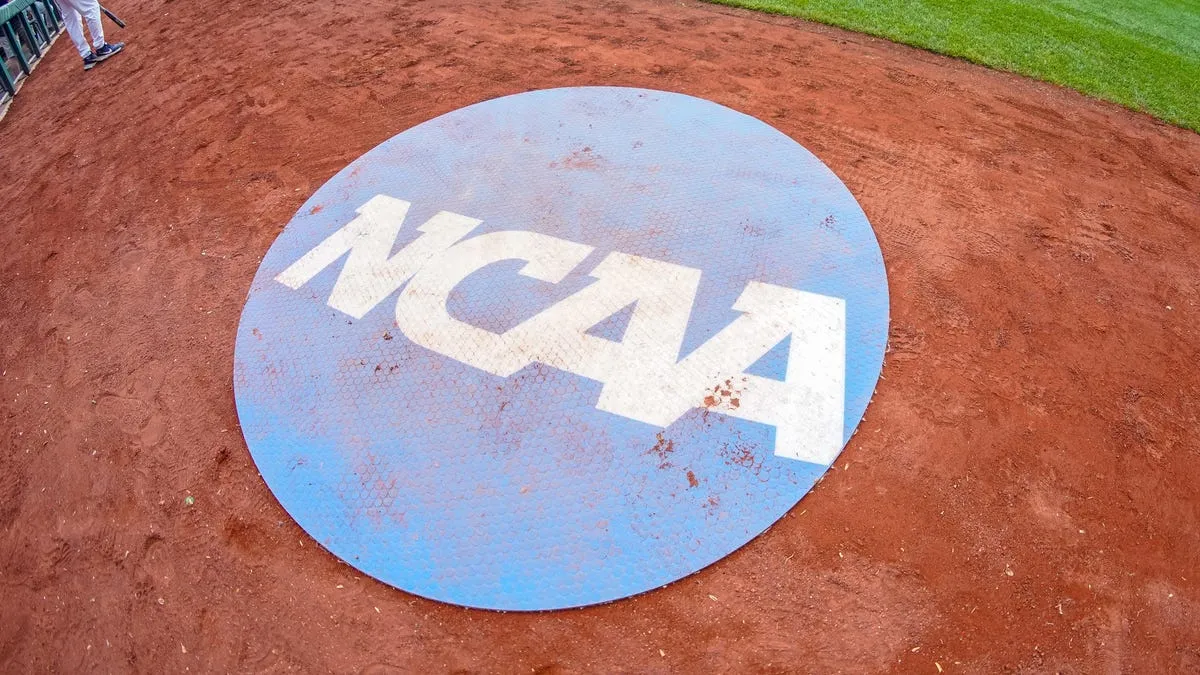
Today, U.S. District Judge Claudia Wilken is presiding over a significant hearing regarding the final approval of proposed multi-billion-dollar settlements associated with three antitrust cases focused on athlete compensation against the NCAA and the Power Five conferences. The central case features named plaintiffs, including former Arizona State swimmer Grant House. The hearing is taking place in Oakland, California, and commenced at 1 p.m. ET, with a scheduled conclusion by 8 p.m. ET.
During the hearing, Judge Wilken will hear arguments from attorneys representing both the plaintiffs and the NCAA. Notably, the plaintiffs are represented by Steve Berman and Jeff Kessler, who successfully led the Alston case against the NCAA, culminating in a unanimous Supreme Court ruling favoring the athletes. On the opposing side, Rakesh Kilaru, an attorney based in Washington, D.C., is representing the NCAA and the Power Five conferences. Additionally, Judge Wilken will consider objections from 14 parties, including four athletes who will present their arguments directly.
The hearing has entered a pre-planned lunch break, set to last one hour. Upon resumption, Judge Wilken is expected to hear from three additional lawyers representing objectors before allowing the plaintiffs’ lawyers time for rebuttal and further inquiries.
Among the objectors, attorney Leigh Ernst Friestedt represents four female athletes, including renowned lacrosse player Charlotte North. Friestedt highlighted concerns regarding the minimal compensation allocated to women in the settlements. Judge Wilken reiterated her position, stating, "We can't solve all these problems retrospectively." The objectors argue that if schools had been permitted to make NIL payments to athletes, those payments would have been subject to Title IX gender equity regulations.
Former All-American linebacker Ben Burr-Kirven also voiced his concerns, claiming that the damages awarded to him would be significantly lower than those given to less accomplished players. He criticized the damages methodology as unclear and suggested that the plaintiffs' lawyers are more focused on securing their fees than addressing the concerns of the athletes.
Gracelyn Laudermilch, a high school runner from Pennsylvania, is participating without legal representation. She expressed frustration over her situation, stating that she had informed a coach about her decision among several colleges, only to learn that a sport would not be offered for her. She remarked, "No one can explain why roster limits are good for anyone," pleading with Judge Wilken, "Our futures are in your hands."
Another athlete, Gannon Flynn, a swimmer from Utah, criticized the proposed roster limits, stating they are leading to forced transfers or outright departures from the sport. He cited participation statistics from the U.S. Department of Education, indicating that over 5,300 athletes could lose their spots due to these limits.
The hearing today holds considerable weight, with an arrangement potentially involving nearly $2.8 billion in damages allocated to current and former athletes and their legal counsel over the next decade. The proposed settlement would also enable Division I schools to begin paying athletes directly for the use of their name, image, and likeness (NIL), starting July 1. This will be subject to a per-school cap that is expected to increase based on a percentage of certain athletics revenues.
However, the proposed allocation heavily favors football and men's basketball players, as determined by the plaintiffs' economic expert. Objectors argue that, since the funds originated from schools, they should adhere to Title IX requirements.
Beyond compensation, the settlement could lead to significant changes in college sports, including the elimination of longstanding scholarship limits in favor of new roster-size limits. For instance, in football, the roster limit may be set at 105 players, which could impact many programs. Additionally, while athletes could still pursue NIL deals outside of their schools, the NCAA and power conferences would implement regulations to oversee these arrangements more closely.
Judge Wilken has indicated that she will not deliver a ruling from the bench today. Throughout the hearing, she has outlined a myriad of concerns she will consider before making her decision, including claims from future college athletes, third-party NIL agreements, and the implications of roster limits. She clarified that she does not view this case as primarily a Title IX issue.
Plaintiffs’ attorney Steve Berman emphasized the risk of not reaching a settlement, noting that over 88,000 athletes have submitted claims—approximately 30% of those eligible. He warned that if the settlement is rejected, Congress may intervene, potentially granting defendants immunity from substantial financial liabilities. Meanwhile, plaintiffs’ attorney Jeff Kessler cited overwhelming support for the settlement within the college sports community, noting a record level of participation from athletes.
As the hearing progresses, Judge Wilken continues to express her skepticism regarding the implications of roster limits and the fairness of the settlement for current athletes. She has raised questions about the potential for a phased approach to implementing these limits, reflecting her concern for athletes who have made educational decisions based on available roster spots.
As the hearing unfolds, it remains to be seen how Judge Wilken will address the various objections raised and what the final decision will mean for the future of athlete compensation and college sports as a whole.